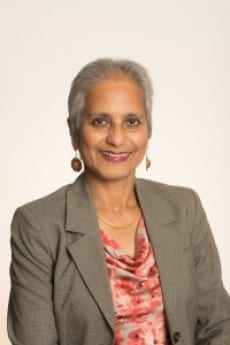Julia M. Lau
In the earliest phases of the COVID-19 pandemic in 2020, before vaccines were viable and available, Southeast Asia’s performance was a bright spot in the world’s fight against this scourge. The challenges surfacing from the global pandemic have ravaged economies, health and social welfare systems, and other sectors in ways that few could predict more than two years ago. While the time has come to treat COVID-19 as endemic, Southeast Asian governments are prepared for a complex adjustment to a new reality. Even as regional Covid-19 case rates are dropping from their peak, calibrating public policy to suit the present moment will be a tough balancing act between openness and caution.
Compared to the overwrought drama of China’s draconian and ultimately unfeasible “zero Covid” strategy, which has brought about more pain and suffering than necessary to ordinary citizens and cast a shadow on the global economy, there is now confidence within Southeast Asia that it is time to go back to business as usual. Vaccination rates in most of Southeast Asia are relatively high, which has given governments the chance to reopen borders to tourism and travel. With the significant holidays of Easter, Ramadhan and the celebrations after the fasting month, Labour Day (May 1) and Vesak Day taking place in April and May, several ASEAN countries have lifted travel and quarantine restrictions that were previously choking the regional and global movement of people and goods.
Singapore, with 92% of its population completing the full regimen of vaccinations, was perhaps the most fine-tuned in the region in its health and social policy approach to the crisis overall. After over two years of “Dorscon Orange” (“Dorscon” is the government’s shorthand for “Disease Outbreak Response System Condition”), Singapore dropped its caution level to “Yellow” and lifted restrictions on group sizes for socializing and household visits on 26 April 2022. The government allowed previously closed nightclubs, karaoke joints and bars to resume business, and theatres and live music venues have increased capacity limits. Vaccinated visitors traveling by air to Singapore will no longer need to take any Covid tests prior to their flights. Malaysia, Vietnam, and Thailand, which also have high rates of vaccination, are also easing restrictions and encouraging domestic travellers and visitors to return to pre-Covid travel habits.
The most pressing challenge facing the region now is that of an uneven regional recovery buffeted by external shocks, including the war in Ukraine, which have exacerbated supply chain delays and rising commodity prices. Even if the most successful nation-states in Southeast Asia – if success is defined as the reopening of borders to trade, tourism, and investment, and the revival of local businesses – manage to recover from most of the problems that the pandemic created, the weaker and less developed economies might be crippled by a continued lack or weakness in their health and social services infrastructure. China’s refusal to lift travel restrictions on its citizens will continue to act as a drag on the region’s tourism and other sectors, given Southeast Asian economies’ close dependence on Chinese business and the Chinese people’s growing affluence. It will require strong cooperation and focus, aided by the Association of Southeast Asian Nations (ASEAN) network, to overcome intra-region inequalities and to re-establish the vibrance of the region.
When the final accounting for Covid-19 is done, it can be expected that the death tolls, case numbers, and less tangible losses like collective trauma, mental health challenges, and the economic and educational setbacks for tens of thousands of low-income families and children throughout the region will exceed even the most pessimistic estimates. For instance, in places like Indonesia, case and death toll numbers are likely to have been significantly under-declared: a recent report noted how more than 99% of Indonesians in Central Java had antibodies for Covid-19, which belies Jakarta’s official count.
Governments in Southeast Asia will have their work cut out for them. Restoring the strength and stamina of healthcare workers to gird for future battles with the next pandemic will have to be a priority for the entire region. A fruitful outcome from the pandemic would be for regional governments to facilitate increased exchanges of information and programmes for medical and other personnel to learn and reinforce the tough lessons that each Southeast Asian nation-state took from their respective fights with Covid-19. Measures like the ASEAN Response Fund, which supports the procurement of medical supplies to any ASEAN state that requires it, are positive developments that will strengthen the region going forward.
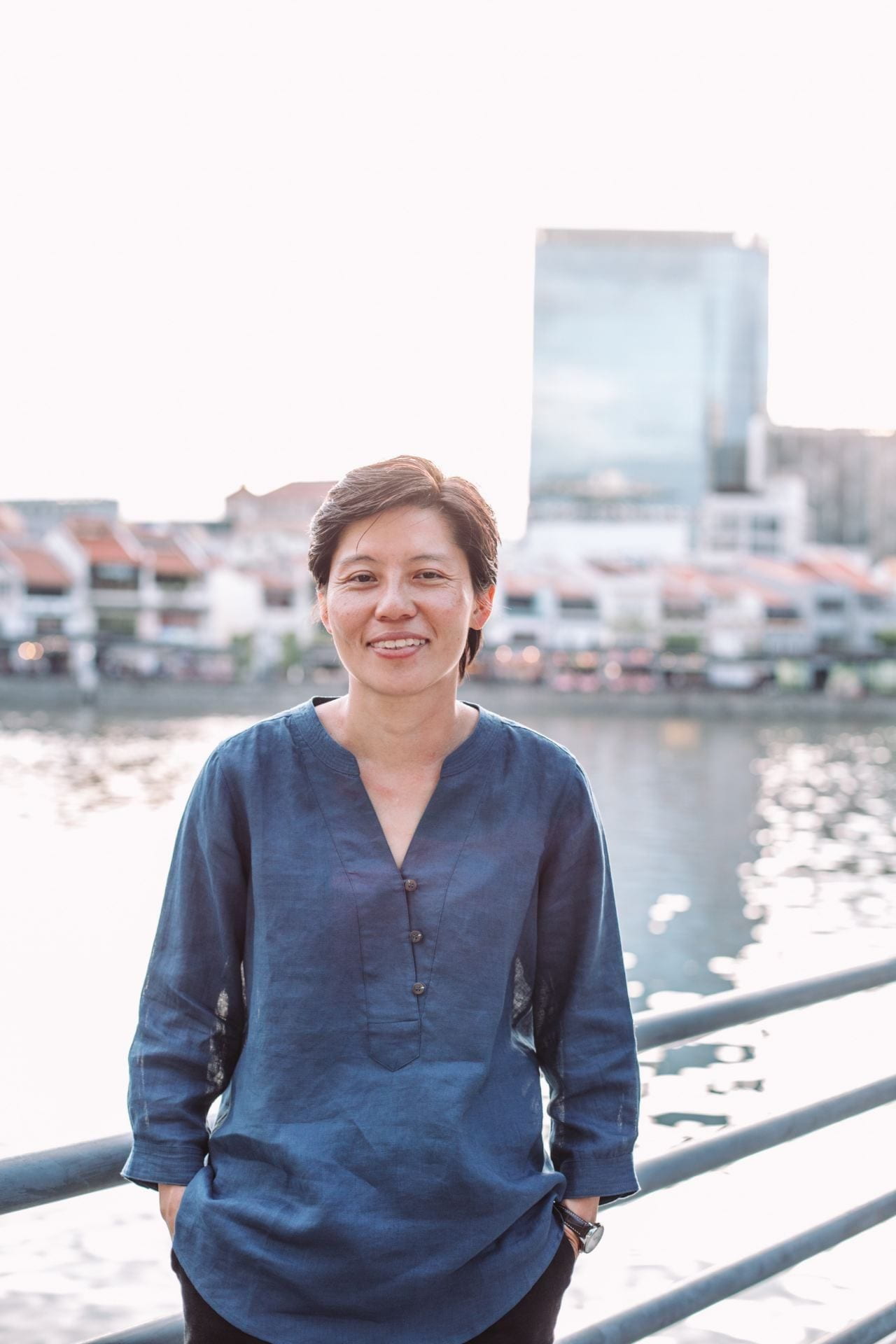
Julia Lau is Editor, fulcrum.sg in Singapore and a non-resident scholar at the Sigur Center for Asian Studies until December 2022. @JuliaMLau
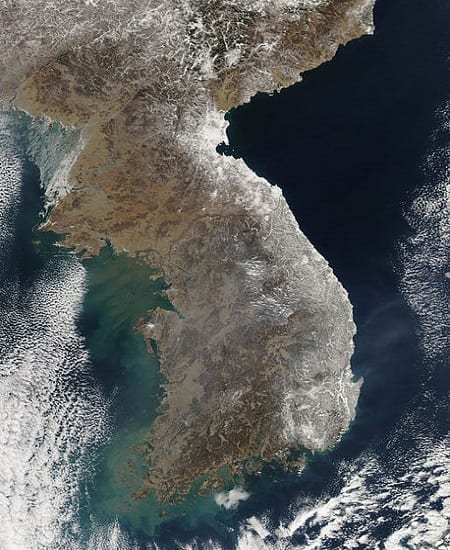
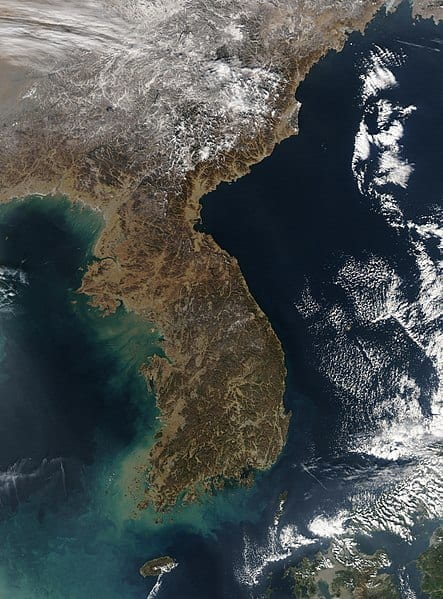
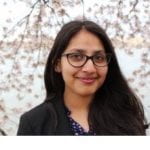 nerjee is a senior in the Elliott School of International Affairs, majoring in International Affairs, with a double concentration in Asia and International Development. She is currently working as the International Affairs Research Assistant for the Rising Powers Initiative.
nerjee is a senior in the Elliott School of International Affairs, majoring in International Affairs, with a double concentration in Asia and International Development. She is currently working as the International Affairs Research Assistant for the Rising Powers Initiative.